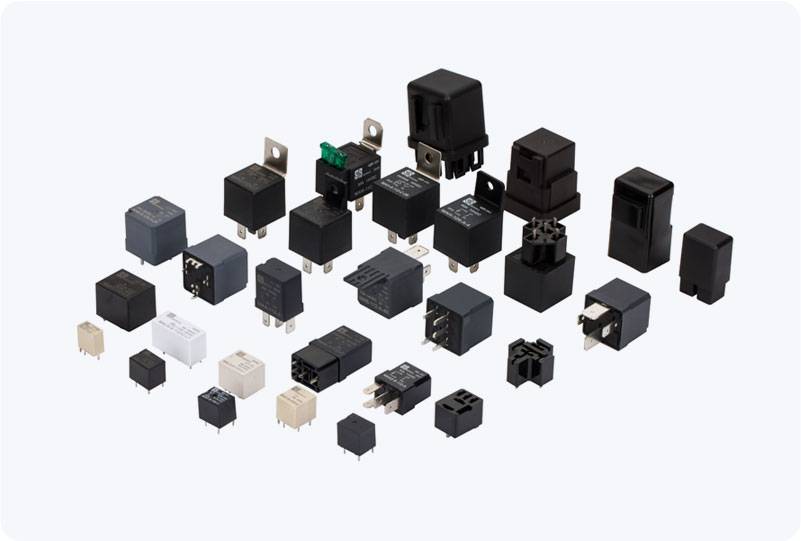IEEE (Institute of Electrical and Electronics Engineers) standards for industrial relays play a pivotal role in ensuring the safe and efficient operation of power systems. Relays are critical components in electrical systems, tasked with detecting faults and initiating protection mechanisms to prevent equipment damage or system failures. As industries continue to grow and adopt more complex power systems, the need for standardized guidelines to design, test, and maintain relays becomes increasingly important. In this article, we will explore the significance of IEEE standards for industrial relays, with a focus on their role in ensuring system reliability, fault protection, and electromagnetic compatibility.

The Role of Industrial Relays Industrial relays are electrical devices that control circuits by opening or closing contacts in response to certain electrical conditions. They are primarily used for protection and control in power systems. In the event of an abnormal condition, such as a short circuit, overload, or equipment failure, relays detect the fault and activate a response, typically by disconnecting the affected circuit to prevent further damage. In industries like power generation, transmission, and distribution, industrial relays ensure that power systems remain operational by responding quickly to faults. Their reliability is crucial in preventing costly downtime and equipment failures, which is where IEEE standards come into play.